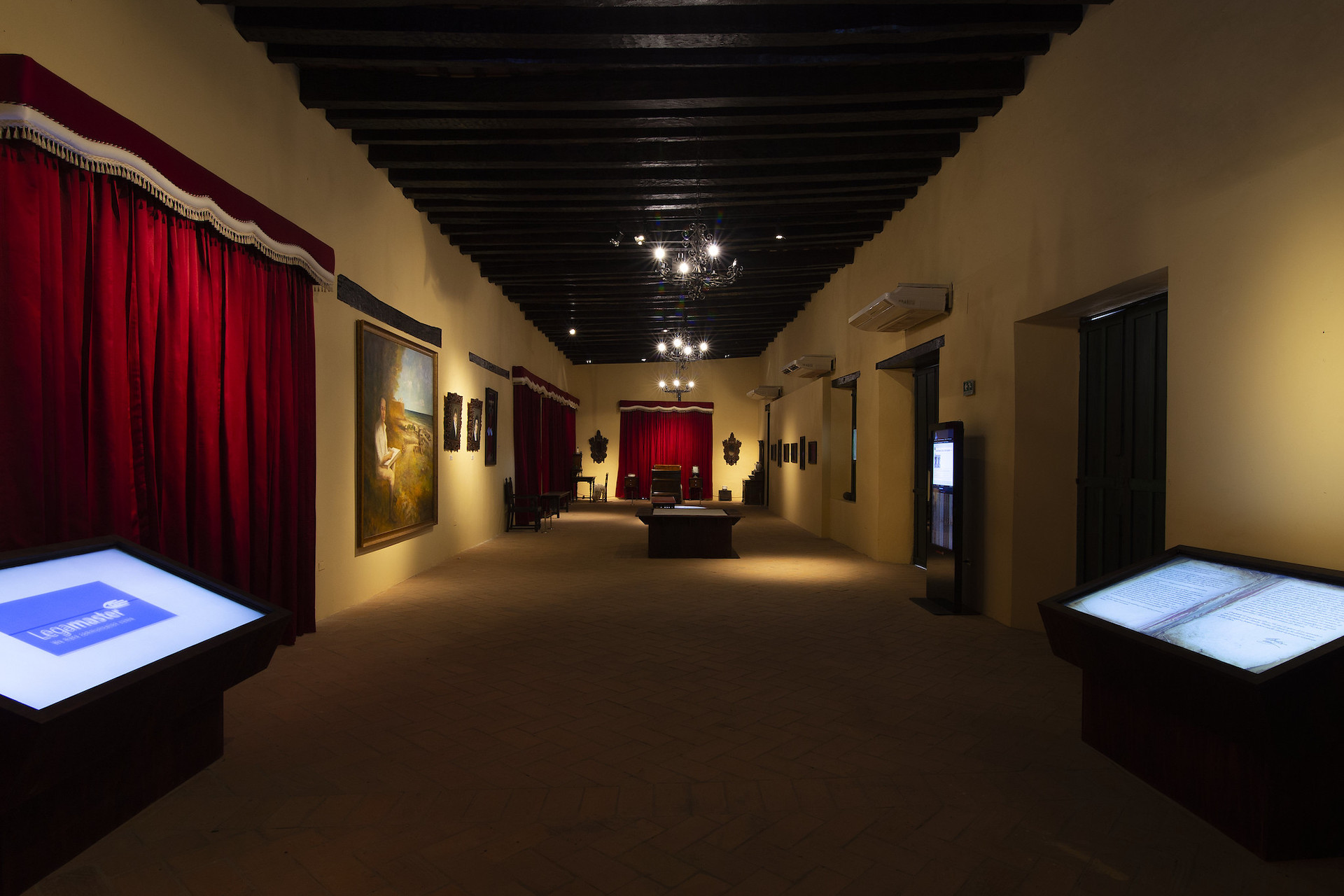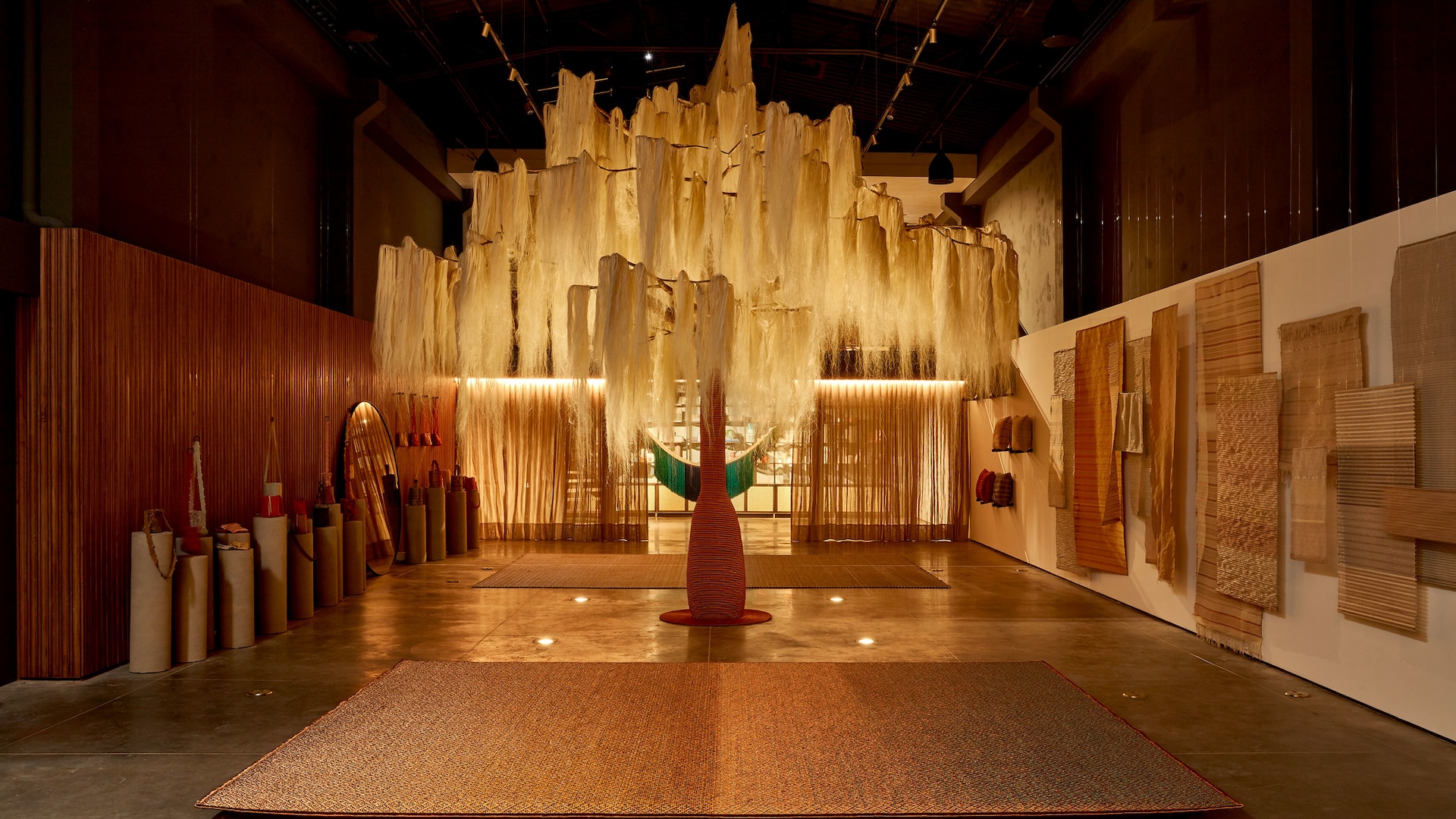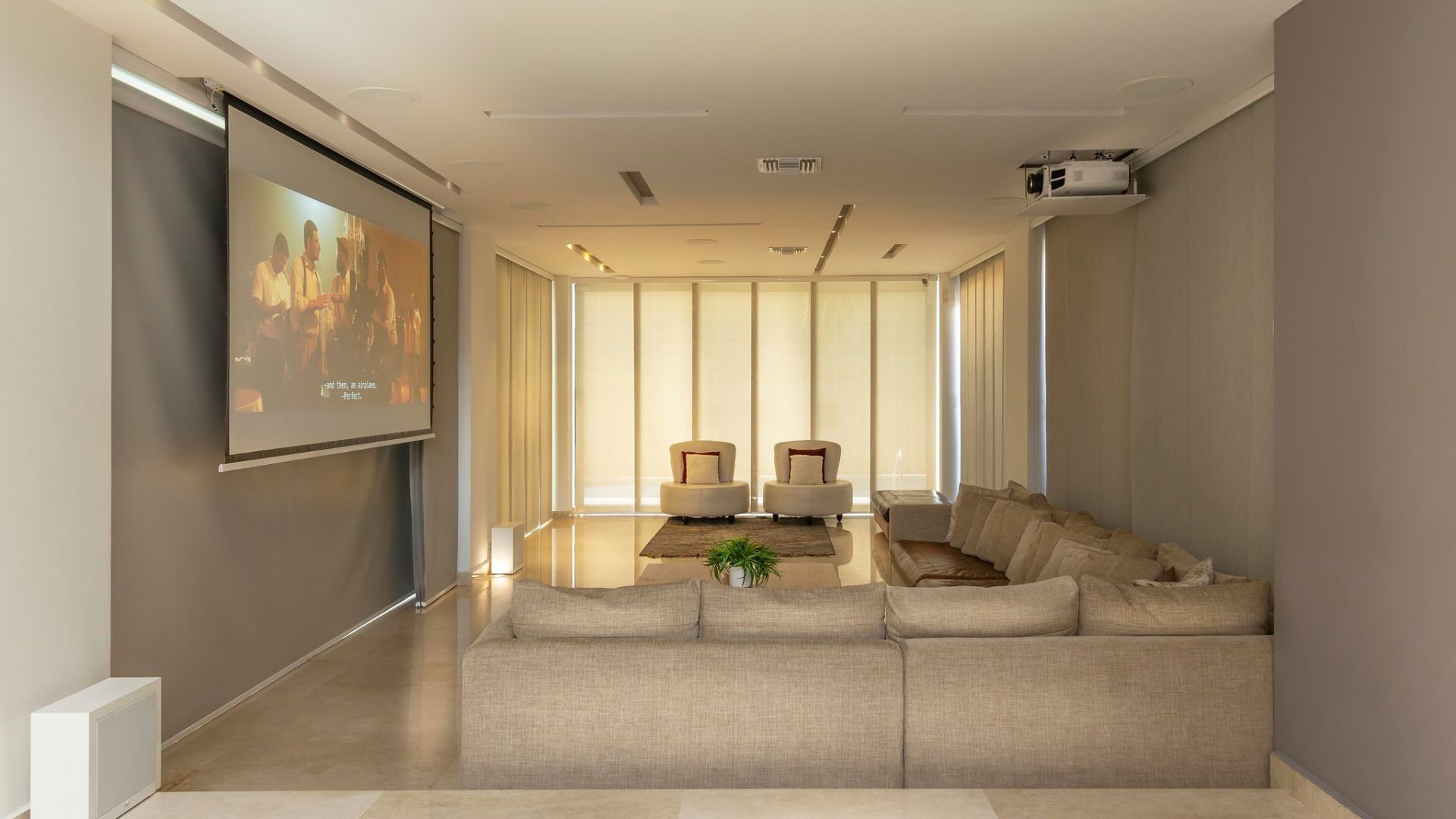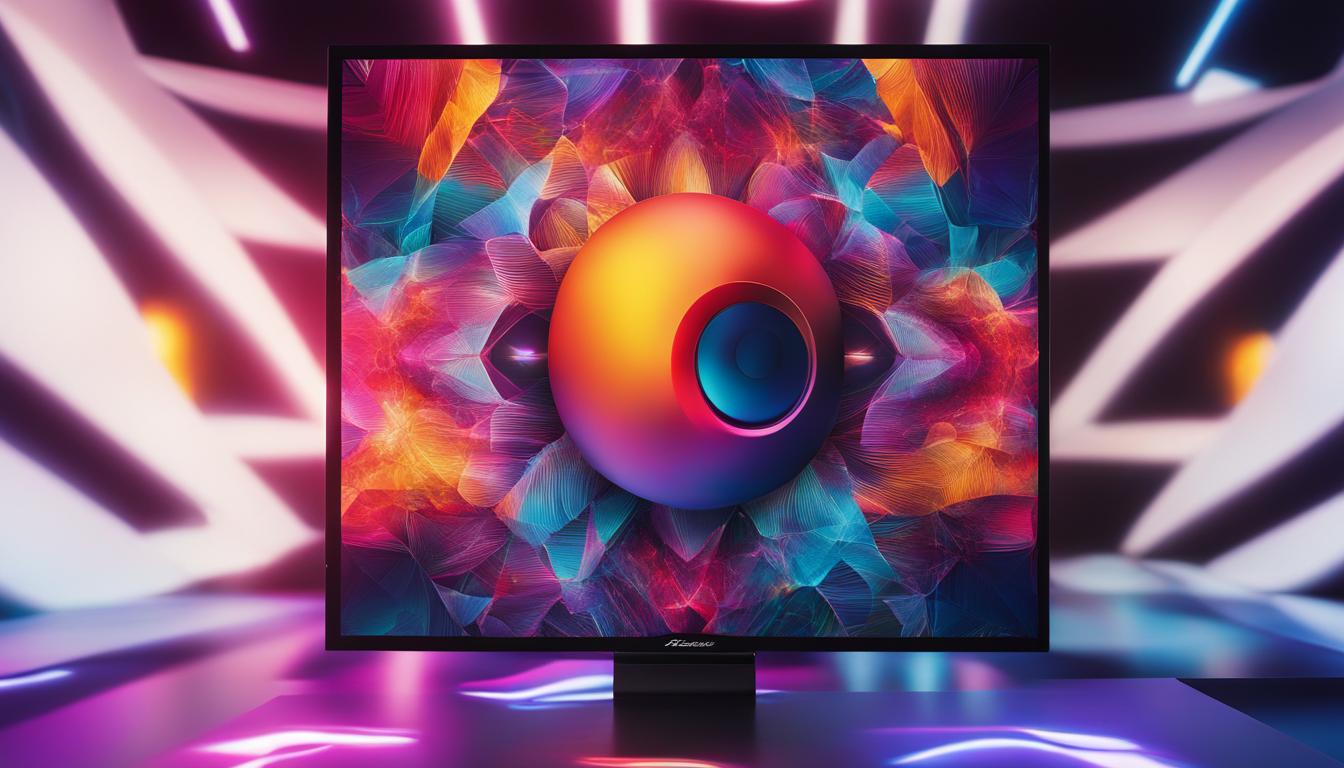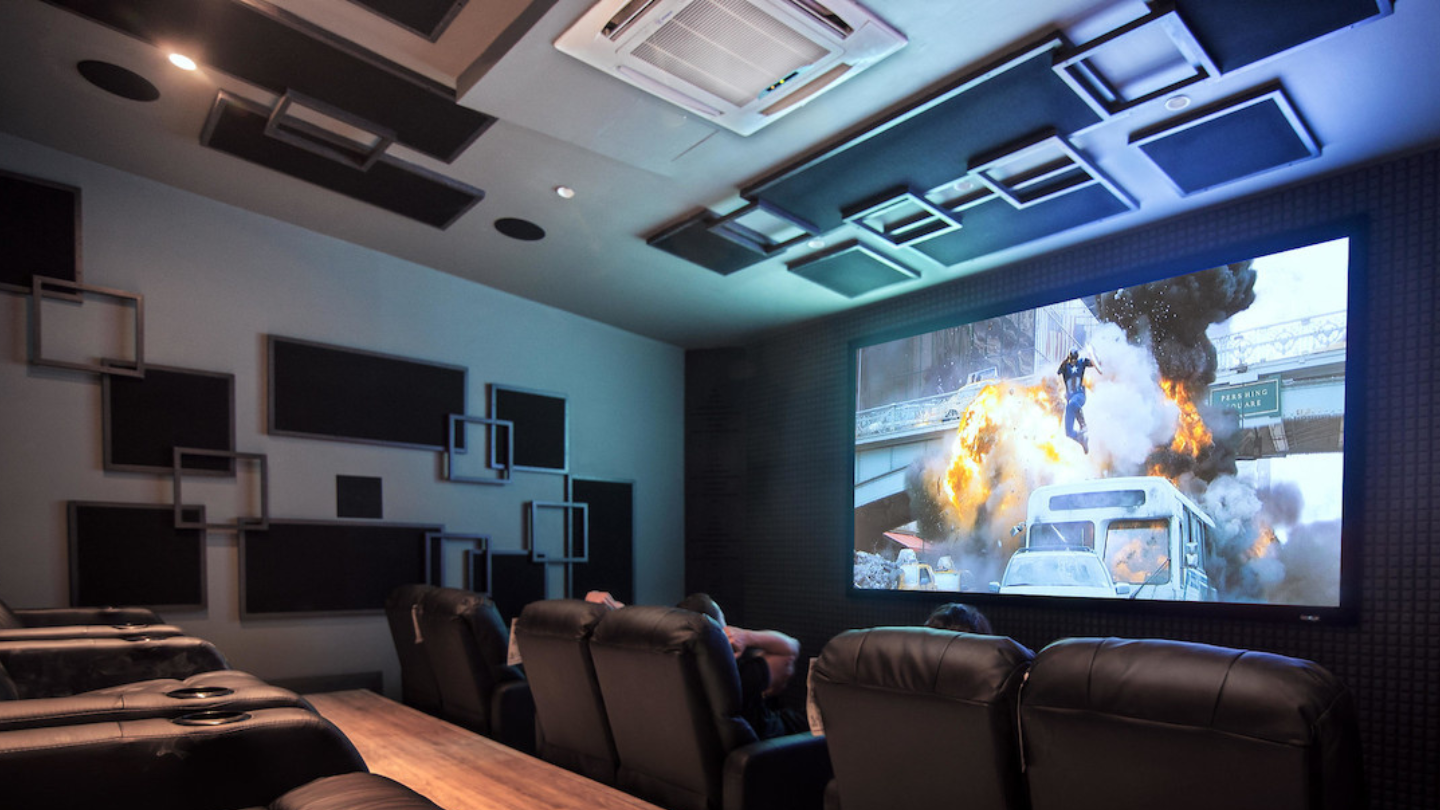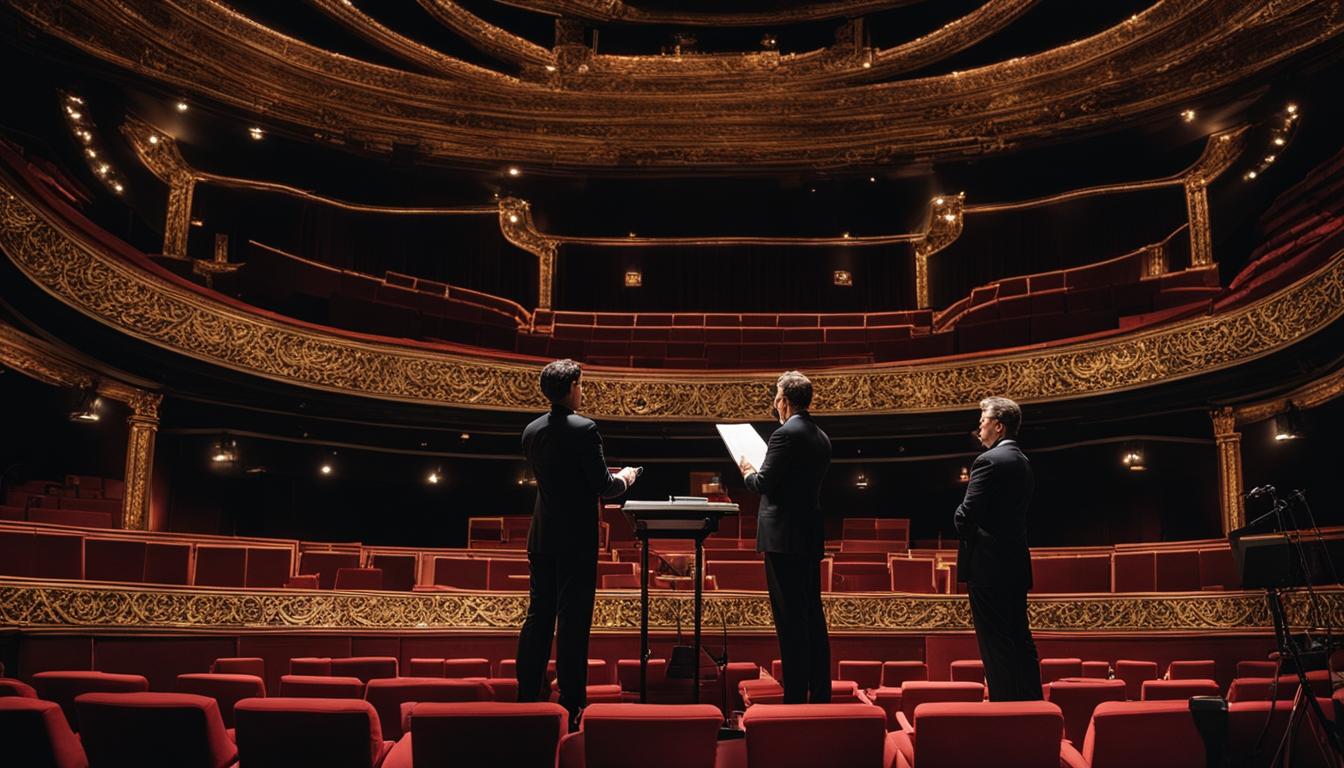Table of contents
As we navigate the intersection of technology and eco-consciousness, sustainability and efficiency in AV design have never been more crucial. We’re on the cusp of a revolution where high-performance audiovisual systems meet low environmental impact, and we’re here to guide you through it.
At Schaller Design Lab, we’re pioneering sustainable AV solutions that don’t compromise on quality or performance. Whether you’re looking to consult on your next big project, seeking advice on the best equipment, or aiming to carry out innovative solutions, we’ve got you covered—anywhere in the world.
Join us as we investigate into the world of eco-friendly AV design, where sophistication meets sustainability. Let’s create spaces that not only sound and look fantastic but also respect our planet. Ready to make your project resonate with the future? Reach out to Schaller Design Lab today.
What is AV Design?
Audiovisual design, or AV design, integrates sound, video, and lighting systems to create comprehensive environments for communication and presentation. Within this specialized field, we see technology converge with creativity to enhance various settings like conference rooms, auditoriums, and public spaces. High-quality AV design not only ensures that audio and visuals are clear and impactful but also that they are user-friendly and reliable.
Our focus on efficiency in AV design is rooted in optimizing system performance while minimizing waste and energy usage. An efficient AV system offers seamless operation and reduces long-term costs associated with maintenance and energy consumption.
Sustainability in AV design is equally paramount. As we craft these sophisticated systems, we incorporate eco-friendly practices and materials. This approach minimizes our carbon footprint and supports our clients’ green initiatives. It not only includes the selection of energy-efficient components but also considers the life-cycle and disposal of AV equipment, bringing forth an environmentally conscious end-to-end solution.
Here are some of the key components of sustainable and efficient AV design: – Energy-Efficient Equipment: Using devices with lower power consumption.
- Smart System Integration: Systems that automatically power down when not in use.
- Recyclable Materials: Choosing products made with recyclable or sustainable materials.
- Digital Documentation: Reducing paper waste by providing digital manuals and documentation.
As we look at the broader scope of AV design, it becomes clear that we have a responsibility to innovate without disregard for environmental impact. It’s not just about setting up speakers and screens; it’s about building sensory experiences that are harmonious with our planet. Our skill in exploring the latest AV technology trends ensures that our designs remain on the cutting edge, always with a nod to sustainability.
Importance of Sustainability and Efficiency in AV Design
Why is Sustainability Important in AV Design?
In the area of AV design, sustainability is no longer a peripheral concern; it’s a crucial driver of innovation and competitiveness. Here’s why:
- Resource Conservation: AV projects are resource-intensive. By embracing sustainability, we ensure vital resources are not squandered, paving the way for their availability for future generations.
- Regulatory Compliance: An increasing number of regions enforce eco-friendly regulations. Sustainable AV design isn’t just ethical; it’s a legal imperative.
- Brand Reputation: Clients and users are more eco-conscious than ever. Sustainable AV design bolsters brand image, fostering a reputation for corporate responsibility.
- Cost Savings: Ironically, initial investments in sustainable practices result in significant long-term savings due to reduced energy consumption and material costs.
Let’s not overlook that sustainable practices in AV design directly contribute to the fight against climate change by slashing greenhouse gas emissions.
Benefits of Efficient AV Design
Efficiency isn’t simply about conserving energy; it’s about maximizing the potential of every watt and dollar spent. Here are the undeniable benefits:
- Enhanced Performance: Efficient AV designs deliver top-tier experiences without wastage. This equates to clear sound, crisp visuals, and consistent performance that exceeds user expectations.
- Lower Operational Costs: Efficient systems use less power and require less maintenance. This directly translates to lower electricity bills and reduced upkeep expenses.
- Extended Equipment Lifespan: Energy-efficient equipment typically runs cooler and has less mechanical stress, which leads to a longer operational life and fewer replacements. – Flexibility for Future Upgrades: An efficient design includes scalable solutions to accommodate future technology enhancements without a complete system overhaul.
The cumulative effect of these benefits is not only a reduction in the carbon footprint but also an improvement in user satisfaction and a boost in operational excellence.
In the pursuit of these goals, the integration of smart technology plays a pivotal role. Smart systems automate energy savings and optimize user experience, bridging the gap between sustainability and efficiency. They’re designed to adapt to the user’s needs while minimizing energy usage, so striking a balance that previously seemed elusive in the world of AV design. Our commitment to these principles is reflected in the choices we make, from the smallest connector to the largest display. We’re dedicated to pushing the boundaries of what’s possible in AV design, all while maintaining stewardship of the environment and resource efficiency.
Elements of Sustainable and Efficient AV Design

Step into the future with this modern lounge area, where comfort meets technology, showcasing a commercial area and a lush green garden on large screens.
Sustainability and efficiency in audiovisual design hinge on several core elements, each contributing to the overarching goals of energy conservation, reduced environmental impact, and increased operational efficiency.
Energy Efficiency
We’re ushering in a new era of AV design where energy efficiency is paramount. The strategic implementation of low-power consumption devices and LED lighting systems drastically cuts down on energy use. Energy-efficient AV equipment isn’t just good for the planet; it’s smart economics—lowering electricity bills for businesses and extending the life of AV investments.
Incorporating motion sensors and intelligent scheduling systems into AV design enhances energy savings by ensuring that AV components are active only when needed. The utilization of advanced power strips and energy management software affords precise control over power consumption, making it possible to monitor and adjust energy use in real-time.
Material Selection
Material selection is critical to sustainable AV design. We prioritize materials with a low environmental footprint, such as recycled plastics and metals, and those that are easily recyclable at the end of their lifecycle. This approach not only minimizes waste but also supports the circular economy.
Durability is key. Selecting high-quality materials ensures that AV equipment withstands the test of time, reducing the frequency of replacements. We also look at the manufacturing process, advocating for materials produced with sustainable methods.
Resource Conservation
Resource conservation is woven into the fabric of AV design. By choosing modular components that can be updated rather than replaced, we conserve materials and reduce the strain on natural resources. It’s a design philosophy that embraces upgradability and adaptability, allowing AV systems to evolve alongside technological advances without unnecessary waste.
Opting for digital content delivery systems over physical media is another way we advance resource conservation. This move decreases the reliance on paper and plastic, further reducing the environmental impact of our AV designs.
Waste Management
Waste management is the unsung hero of sustainable AV design. We are committed to strategies that prevent waste before it happens, and when waste is unavoidable, we ensure it’s handled responsibly.
End-of-life equipment management is a priority, and we encourage the use of take-back programs and e-waste recycling to minimize landfill accumulation. Proper disposal methods and recycling protocols contribute significantly to the sustainability of AV projects. It makes a difference when we divert electronics from landfills and back into the production cycle.
Strategies for Sustainable and Efficient AV Design
Designing for Energy Efficiency
When seeking sustainable and efficient AV design, designing for energy efficiency is paramount. We focus on integrating high-efficiency AV equipment that meets or exceeds Energy Star ratings. By selecting devices with lower power requirements, we ensure a significant reduction in energy use. Smart power management systems are critical; they automatically power down equipment when not in use and manage peak load usage effectively.
In our design process, we commit to the use of LED lighting whenever possible. LED technology not only consumes less power but also emits less heat, reducing the cooling load on facilities. Similarly, motion sensors and ambient light sensors adjust lighting levels and displays, enhancing energy savings without compromising user experience.
Using Sustainable Materials
The materials we choose in our AV designs have lasting implications for our environment. We opt for products composed of recycled or biodegradable materials, aligning with our sustainability goals. Durability is a vital consideration, as longer-lasting products mean reductions in replacements and maintenance.
We prioritize manufacturers who demonstrate responsible sourcing and production practices. The use of materials such as certified wood and metals with a high percentage of recycled content is a standard practice. This approach minimizes ecological footprints while ensuring that the AV systems we carry out are both sustainable and reliable.
Incorporating Renewable Energy Sources
Incorporating renewable energy sources into our AV designs is a bold step towards sustainability. We leverage solar panels and wind turbines to power AV installations where feasible. Such implementations not only reduce reliance on non-renewable energy sources but also foster resilience against power fluctuations and outages.
Our designs often include provisions for the integration of these sources in the future, even if not immediately installed. This forward-thinking strategy enables clients to adapt to renewable energies as they become more accessible and cost-effective.
Optimizing AV Equipment Placement
Optimizing AV equipment placement is an often-overlooked aspect of sustainable design. We meticulously plan the layout of AV components to ensure maximum acoustical efficiency and visual clarity. Proper placement means fewer devices are necessary, thereby reducing power consumption and material use.
While designing layouts, we pay particular attention to sightlines and speaker coverage to avoid overprovisioning. Our goal is to create immersive environments that are both performance-driven and environmentally conscious. By deploying equipment strategically, we make use of every watt and material invested in the AV design.
Case Studies of Sustainable AV Design
LEED-Certified AV Design Projects
When we jump into the area of LEED-certified AV design projects, it’s clear that a transformation is underway. These projects not only meet the stringent standards set by the Leadership in Energy and Environmental Design but also pioneer novel approaches to sustainability. For example, the Vancouver Convention Centre, an industry beacon, achieved LEED Platinum status with its outstanding AV design. This project included high-efficiency lighting and state-of-the-art sound systems that drastically reduce electricity consumption. Also, the center utilizes digital signage to cut down on traditional print materials, showcasing a leap towards environmental responsibility.
Another exemplary case is the Bank of America Tower in New York. Certified as LEED Platinum, the skyscraper’s AV system is designed to provide an unrivaled user experience while minimizing energy usage. Video conferencing technology and centralized control systems allow for reduced business travel, demonstrating the project’s dedication to the reduction of carbon footprints.
Green Building Council Awards for Sustainable AV Design
Our attention then shifts to the Green Building Council Awards, which honor trailblazing AV designs that embrace sustainability. These awards highlight outstanding achievements and encourage industry-wide adoption of green practices. A notable recipient is the Moscow International Business Center, which stood out for its integration of AV within its energy-saving initiatives. Automated shading systems, ambient light sensors, and energy-efficient displays are just a few of the sustainable features that garnered recognition.
Similarly, the California Environmental Protection Agency Headquarters, another worthy mention, won plaudits for its AV design that complements the building’s overall sustainability goals. The headquarters boasts an AV setup with dynamic lighting controls that not only enhance the aesthetic appeal but also contribute significantly to energy-saving measures. Such cases testify to the potential AV design has to transform spaces into exemplars of efficiency and sustainability.
Future Trends in Sustainable and Efficient AV Design
Integration of AI and Automation

Discover our allies in sustainability and innovation, as showcased on this large digital display featuring various organizational logos.
We’re entering an era where the synergy of AI and automation is revolutionizing sustainable AV design. Artificial Intelligence (AI) is set to refine audiovisual experiences by enabling smart energy management and predictive maintenance. These innovations optimize usage patterns and proactively address system inefficiencies. Automation, in tandem with AI, presents solutions for reducing power consumption. Lighting and sound systems now adapt in real-time to room occupancy and ambient conditions, ensuring no energy is wasted.
Centralized control systems that harness AI algorithms are adept at monitoring system health. They automatically recalibrate settings for peak performance and longevity. These advances aren’t just conceptual; they’re already changing the way we manage AV resources, making sustainability not just an ideal, but a tangible outcome of intelligent design.
Wireless AV Solutions
Wireless technology is pivotal in crafting sleek, efficient AV spaces. The shift towards Wireless Audiovisual Solutions eliminates the need for excessive wiring, which can be resource-intensive to produce and challenging to recycle. Wireless systems ensure ease of installation and offer enhanced flexibility for users to customize their audiovisual experiences with minimal environmental impact.
Energy-efficient wireless AV equipment also boasts lower power requirements, leading to significant reductions in carbon footprints. Plus, the versatility of wireless tech facilitates seamless updates and integrations, allowing systems to evolve without the need for constant hardware replacements. ### Sustainable AV Technology Innovations
The world of sustainable AV technology is brimming with innovations that promise a greener future. We’re witnessing a surge in High-Efficiency Video Coding (HEVC), which drastically reduces bandwidth without compromising video quality, and Energy Star-rated equipment is becoming the standard, not the exception. Innovative materials, such as OLED screens, consume less energy and offer superior display qualities, while advancements in solar-powered AV equipment are beginning to carve out their niche for outdoor and portable applications. Green AV solutions are not only about energy efficiency; they’re also crafted to reduce electronic waste through modularity and recyclability. Industry breakthroughs in AV technology stretch the boundaries of what’s possible, ensuring every innovation offers a dual benefit—enhanced user experience and a lighter ecological footprint. These forward-thinking practices aren’t just shaping the future of AV design; they’re actively sculpting a more sustainable world.
Conclusion
We’ve explored the cutting-edge advancements that are shaping a more sustainable and efficient future in AV design. By embracing AI, automation, and wireless technologies, we’re setting a new standard for eco-friendly innovation. The shift towards HEVC, Energy Star-rated equipment, OLED screens, and solar-powered solutions is not just a trend—it’s a commitment to excellence and environmental stewardship. Let’s continue to push the boundaries of what’s possible in AV design, ensuring that our technological progress aligns with the health of our planet.
Frequently Asked Questions
How is AI impacting AV design?
AI is revolutionizing AV design by optimizing energy management, reducing power consumption, and enabling automation for smarter, more efficient operations.
What are the benefits of using wireless technology in AV spaces?
Wireless technology offers the benefits of eliminating excessive wiring, thus reducing raw material usage and promoting customization with less environmental impact.
What is High-Efficiency Video Coding (HEVC)?
High-Efficiency Video Coding (HEVC) is a sustainable AV technology that compresses video files more effectively, leading to reduced bandwidth use and storage requirements.
Are there eco-friendly AV equipment options available?
Yes, there are several eco-friendly options available, including Energy Star-rated equipment, OLED screens, and solar-powered AV devices that contribute to a sustainable future.
Can AV design enhance user experience while being environmentally conscious?
Absolutely. The latest sustainable AV design trends not only improve the user experience but are also developed to minimize ecological footprints, thereby supporting environmental sustainability.
Our Portfolio
Table of contents


